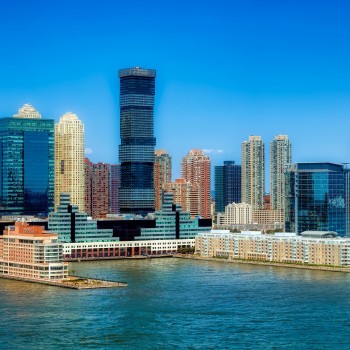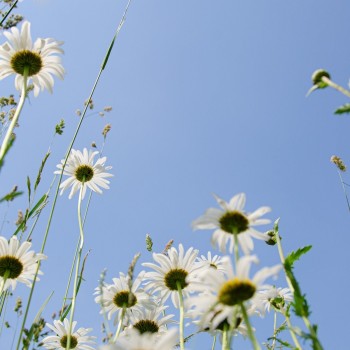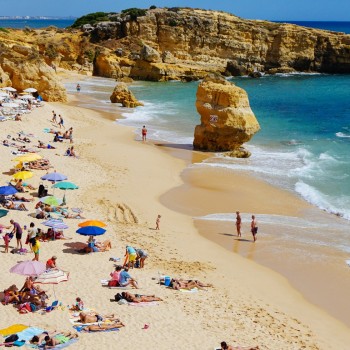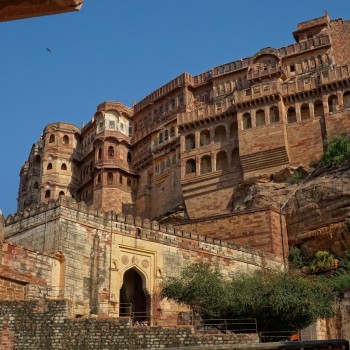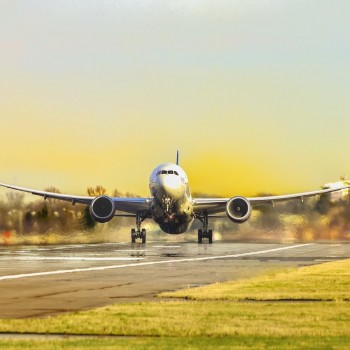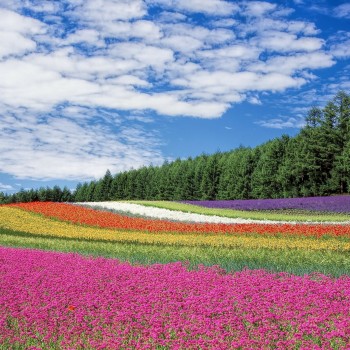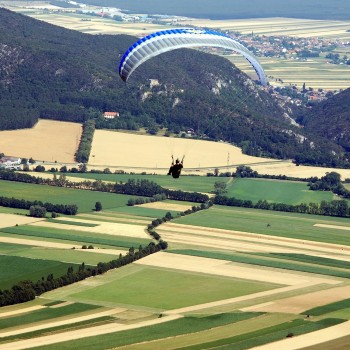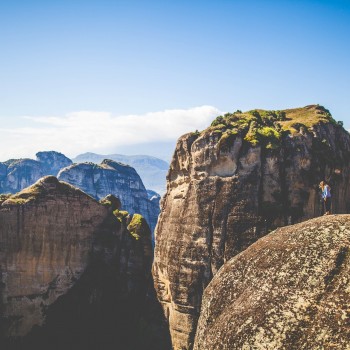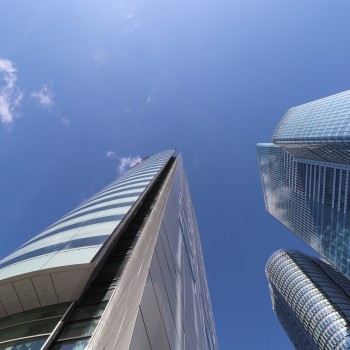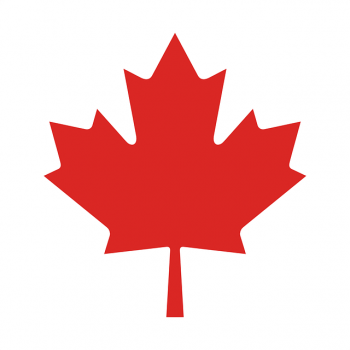Canada
Canada
Capital city description
Queen Victoria chose Ottawa as Canada’s capital
in 1857. It was a secure location situated on the border between Quebec and
Ontario – the two provinces making up the country at the time. Canada’s capital
is also the second-largest city in Ontario, with a regional population of close
to 1.5 million people. The city is home to Parliament Hill, the meeting place
of Canada’s House of Commons and Senate. Ottawa is also known as a national
cultural destination, with virtual museums such as the National Gallery of
Canada. The Supreme Court of Canada and Rideau Hall – the residence of the
Governor-General - are also located nearby, as are the embassies of 130
nations.
Climate
Except for the west coast, Canada has a winter season with average temperatures below freezing and continuous snow cover. The northern two-thirds of the country has a climate similar to the north of Scandinavia, with freezing winters and short, cool summers.
The central-southern area of the interior plains has a typical continental climate—frigid winters, hot summers, and relatively sparse precipitation. Southern Ontario and Quebec have an environment with hot, humid summers and cold, snowy winters, similar to some portions of the American Midwest.
Languages spoken
French
and English are the two official widely spoken languages in Canada.
Fun/Fascinating Facts
- In Newfoundland, there is a tradition of kissing a dead cod followed by a shot of rum known as Screech. When you visit the province, enjoy Newfoundland hospitality at the bar, and be sure to kiss the Cod. (https://theplanetd.com/facts-about-canada/)
- In the far north town of Churchill, Manitoba, nobody locks the doors to their house or cars in case of a polar bear attack. Churchill is located in the center of the Polar Bear Alley, and polar bears walk freely through the town towards the Hudson Bay. They have learned to live with the mighty polar bear. (https://theplanetd.com/facts-about-canada/)
- Canada is the longest coastline worldwide. It is over 202,000 kilometers long. It would take four and a half years to walk the length of Canada’s coastline. This coastline borders three different oceans: The Pacific, Atlantic, and Arctic.
- Canada is home to the longest street in the world. Yonge Street in Ontario starts at Lake Ontario and runs north through Ontario to the Minnesota border, almost 2,000 km. (https://www.sableinternational.com/blog/20-interesting-facts-about-canada)
- Montreal in Canada houses many stunning churches and is often called The City of Saints or City of a Hundred Bell Towers.
Unique Customs/Traditions
Canadian tradition is Thanksgiving. Canadians celebrate Thanksgiving on the second Monday of October, which makes a lot more sense — you have two months to get ready for another Turkey feast.
Canadians do not eat tails of actual beavers. In Canada, beaver tails are giant, deep-fried sweet delicacies. A ball of dough is stretched into a long, flat oval, fried in oil, and served in a paper sleeve. If you are a purist, you stick to a mix of sugar and cinnamon to be sprinkled on top, but there are other options like maple cream, cookies, or chocolate spread.
A hugely popular holiday in the Francophone culture, St. Jean Baptiste day takes place on June 24 and is known as la Fête Nationale Du Quebec (the National holiday of Quebec). Families get together to have bonfires and barbecues, and Montreal and Quebec City brim with energy and people.
Halloween is one of the most important and exciting times of the Canadian year. People worldwide celebrate this harvest festival, and it's an equally big deal in Canada. It is thought to be worth over a billion Canadian dollars a year.
Popular universities
| Name | Description | |
|---|---|---|
| University of Toronto | The University of Toronto was founded in 1827. The University of Toronto has evolved into Canada’s leading institution of learning, discovery, and knowledge creation. The University of Toronto offers about 700 undergraduate programs in Humanities & Social Sciences, Life Sciences, Physical & Mathematical Sciences, Commerce & Management, Computer Science, Engineering, Kinesiology & Physical Education, Music, and Architecture. | |
| . University of British Columbia | The University of British Columbia is recognized internationally for excellence in teaching and research and global impact. Since 1915, UBC has been opening doors of opportunity for people with the curiosity, drive, and vision to shape a better world. The University of British Columbia attracts, nurtures, and inspires more than 6 8,000 students from Canada and 140+ countries worldwide. UBC’s global alumni network has more than 370,000 individuals, representing 148 countries. | |
| University of Montreal | The University of Montreal is a non-private research institution of higher education in the Quebec province of Canada. The University was founded in 1878 founded, with three faculties: theology, law, and medicine. The earlier University of Montreal was situated in Montreal's Quarter Latin, but later, in 1942, it moved to Mount Royal. It got the status of a secular establishment in the year 1967. The University's main campus is set on Mount Royal, and the campus comprises more than 65 hectares of greenery, roads, and paths. Aside from the landmark Roger Gaudry Pavilion that can be seen from kilometers away, the campus has some 40 buildings. The 13 faculties and schools at the University cover all fields of knowledge, from music to natural science, law, humanities, and health. It maintains 27 healthcare institutions and two associated schools, namely HEC Montreal (School of Business) and Poly technique Montreal (School of Engineering. It also allows students to choose from 600 graduate and undergraduate programs. | |
| The University of Alberta | The University of Alberta is one of Canada’s top universities and among the world’s leading public research-intensive universities, with a reputation for excellence across the humanities, sciences, creative arts, business, engineering, and health sciences. Home to world-leading facilities such as Canada’s National Institute for Nanotechnology and the Li Ka Shing Institute of Virology, the U of A attracts the best and brightest minds from around the globe. Our students choose from 400 undergraduate, graduate, and professional programs in 18 faculties. In the center of Edmonton, the main campus is minutes from downtown, with bus and subway access through the city. | |
| The University of Calgary | The University of Calgary is a leading Canadian university located in the nation's most enterprising city. The University of Calgary is advancing to become a global intellectual hub, where over 33,000+ students thrive in programs made rich by research and hands-on experiences. The university offers more than 200 undergraduate, graduate, and professional degree programs and provides the broader community with lifelong learning opportunities. The University of Calgary is a member of the U15 group of Canadian public research universities, contributing upwards of C$36 billion to the national economy annually. University of Calgary alumni effectively build the local community, with more than two-thirds of 202,500+ graduates living and working in the Calgary area. | |
Festivals & Events

Montreal Jazz Festival
Date: Jun 30 to Jul 9
Montreal Jazz Festival is Canadian's most vibrant Canadian festival and the most significant festival globally and holds a Guinness Book record.
It is a ten-day musical fiesta in Montreal and hosts 20 or more stages for performers and musicians worldwide. The festival offers hundreds of free jazz concerts for the locals and tourists, attracting millions of visitors annually.

Celebration of Light
Date: July
Celebration of Light is an enormous fireworks competition globally and is held in Vancouver over several nights every summer in July.
The Honda Celebration of Light comprises concerts, food stalls, and the Seawall Challenge, a famous urban adventure race, more than just a pyrotechnical extravaganza. Favorite rock bands perform at this festival yearly.

Winterlude
Date: February
Winterlude is a three-week-long winter festival that usually starts in the first week of February each year. It is a carnival of ice–ice sports, ice art, and cheerful music.
Ice sculptures, various musical events, and kids' activities are the major attraction of this festival. Ice skating at Rideau Canal Skateway is a unique experience, as it is the world's largest skate rink.
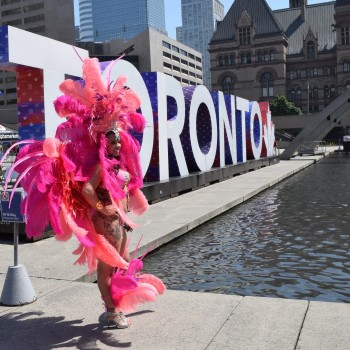
Canadian National Exhibition
Date: August
Canadian National Exhibition is a yearly event every August for eighteen days in Ontario. The National Exhibition features amusement rides, carnival games, delicious food stalls, live entertainment, agricultural displays, sporting events, etc.
Many outdoor live music venues on-site, including the permanent CNE Bandshell.

Celtic Colours International Festival
Date: October
Celebrated on Cape Breton Island, Celtic Colours International Festival is one of the biggest festivals in Canada. Taking place annually in October, the festival lasts nine days under the island’s beautiful fall foliage. It features music concerts, visual art exhibits, and exciting workshops.
The event draws performers from many countries such as Cuba, Scandinavia, Great Britain, and Spain.

Kitchener–Waterloo Oktoberfest
Date: October
Kitchener–Waterloo Oktoberfest is an annual nine-day festival in the twin cities of Kitchener–Waterloo, Ontario, Canada. It is filled with beer, bratwurst, polka performances, and people dressed in traditional German garb.
The Oktoberfest parade is televised during Canada’s Thanksgiving Day to make it uniquely Canadian. Kitchener Waterloo Oktoberfest
Attractions / Top Sights

Moraine Lake
When to visit: August
In Banff National Park, Moraine Lake is one of the most picturesque places in western Canada. This glacier-fed lake is a stunning blue-green surrounded by mountains in Alberta. It’s situated in the Valley of the Ten Peaks at an elevation of 1,885 meters (6,183 feet). The Rockpile Trail is famous for tourists who snap their photos at its end.
This alpine lake was featured on Canada’s $20 bill, earning this site the nickname Twenty Dollar View.

Old Québec
When to visit: June through September and December through February
Old Québec is the most well-preserved fortified town north of Mexico, retaining its colonial architecture for over 400 years. Old Québec was designated as a UNESCO World Heritage Site in 1985; It is the historical and cultural heart of Québec City and the birthplace of French North America.
It is a favorite tourist district with many small boutiques and hundreds of historical and photographic points of interest.

Niagara Falls
When to visit: June to August
Niagara Falls is a group of three waterfalls at the southern end of Niagara Gorge, spanning the border between the province of Ontario in Canada and the state of New York in the United States. The largest of the three is Horseshoe Falls, also known as the Canadian Falls, which straddles the international border of the two countries.
Horseshoe Falls is the most significant fall and is located mainly on the Canadian side, while the smaller American and Bridal Veil falls are primarily on the U.S. side. At least 20 million people visit here annually, with many of them taking a boat ride on Maid of the Mist, the falls’ oldest attraction.

Church hill
When to visit: October
Also known as the "Polar Bear Capital of the World," Church hill is a small town located in northern Manitoba, Canada, on the west shore of Hudson Bay. It is one of the top tourist attractions in Canada. In addition to polar bears, Churchill is also a famous place for viewing beluga whales, birds, and the aurora borealis.
The town has a modern multiplex center housing a cinema, cafeteria, public library, hospital, health center, daycare, swimming pool, ice hockey rink, indoor playground, gym, curling rinks, and basketball courts. Nearby is the "Itsanitaq Museum," operated by the Diocese of Churchill-Baie d'Hudson, with over 850 high-quality Inuit carvings on permanent display. (https://en.wikipedia.org/wiki/Churchill,_Manitoba)

Jasper National Park / Athabasca Falls
When to visit: Late spring and early summer
Located in the Alberta province, Jasper National Park is the biggest of Canada’s Rocky Mountain Parks, boasting broad valleys, rugged mountains, glaciers, forests, alpine meadows, and wild rivers. One of the foremost attractions is Athabasca Falls, a stunning waterfall that thunders through a narrow gorge.
Many viewing platforms and trails where it is safe to photograph the picturesque scene are located around the falls.

CN Tower
When to visit: In summer
CN Tower is one of Canada's most notable landmarks. The tower stands an exceptional 553 meters high and dominates the skyline. CN Tower held the record for the world's tallest free-standing structure for 32 years, from 1975 until 2007.
It has been featured in numerous films, television shows, music recording covers, and video games. The tower also has its official mascot, which resembles the building itself.

Whistler
When to visit: June to August or between December and March
Whistler is a famous ski resort in the southern Pacific Ranges of the Coast Mountains in British Columbia, Canada. It is a renowned summer destination, with golf, mountain biking, and a lively town atmosphere no matter when you visit.
The area offers world-class skiing, hotels, dining, a variety of outdoor recreational opportunities, and stunning mountain scenery.

Bay of Fundy
When to visit: August to October
The Bay of Fundy, found on the Atlantic coast in eastern Canada, is famous for its high tidal range. Because of the bay's unique shape, the difference in water level between high tide and low tide can be as much as 16 meters (52 feet).
One of the best places to eye the waves is the Hopewell Rocks, several sandstone towers topped by trees. The base of the rock formations is covered in water twice a day and can be seen from the ground level at low tide.

